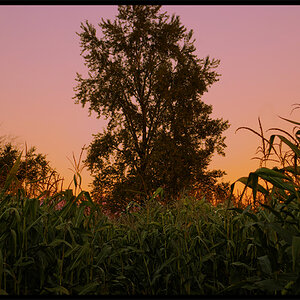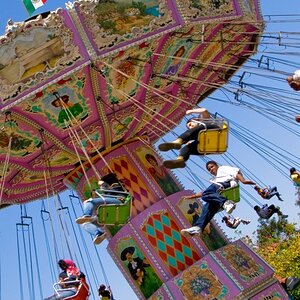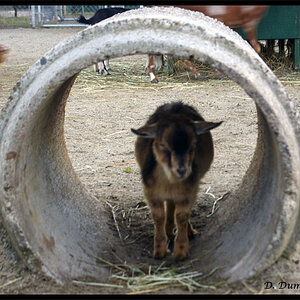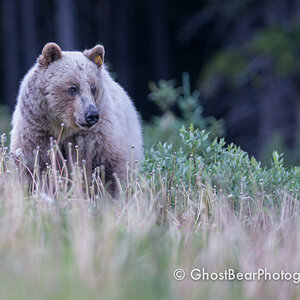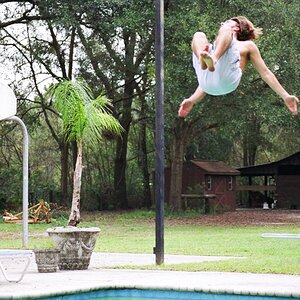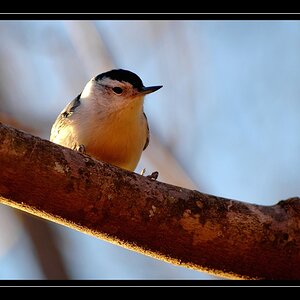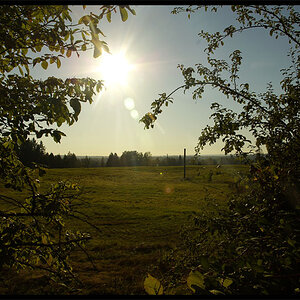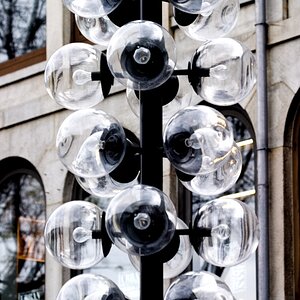Quilted
TPF Noob!
- Joined
- Jun 20, 2017
- Messages
- 4
- Reaction score
- 0
- Can others edit my Photos
- Photos NOT OK to edit
Hi folks, I'm new to the forum and with about 6 months self taught experience.
-----
I'm not sure if it's something I'm doing good wrong or if I have a faulty lens, so I need some advice.
I can take photos in my living room with a Nikkor 35mm f1.8, and a Sigma 18-250mm f4.5-6.3 easily with an ISO of under 1000.
However when I try my brand spanking new Tamron f017 90mm macro lens, I have to crank the ISO to 6400+ or dump the shutter speed to 1sec+ to get an image with about the same light. Assuming all my gear is ok,the only thing I can think of is that I'm using an FX lens on a DX camera, but I'm under the impression that that will only crop the image to decrease the field of view.
The body I'm using is a second hand Nikon D7000 with about 30k actuations.
I can post sample images when I get home tonight if need be.
-----
I'm not sure if it's something I'm doing good wrong or if I have a faulty lens, so I need some advice.
I can take photos in my living room with a Nikkor 35mm f1.8, and a Sigma 18-250mm f4.5-6.3 easily with an ISO of under 1000.
However when I try my brand spanking new Tamron f017 90mm macro lens, I have to crank the ISO to 6400+ or dump the shutter speed to 1sec+ to get an image with about the same light. Assuming all my gear is ok,the only thing I can think of is that I'm using an FX lens on a DX camera, but I'm under the impression that that will only crop the image to decrease the field of view.
The body I'm using is a second hand Nikon D7000 with about 30k actuations.
I can post sample images when I get home tonight if need be.


